Interview: Architect Koichi Takada
“We want to make Sydney the greenest city in the world.”
“We want to make Sydney the greenest city in the world.”
Architect Koichi Takada has never taken the easy option.
Born in Tokyo, at 16 he held dreams of pursuing life as a fashion designer or an artist – aimed at realising a firm desire to live in Manhattan.
He eventually came to architecture – a combination of art and engineering – as a pathway to appease such wants and those of his parents.
It didn’t quite work out – his father offering an easy life and generous role in the family engineering business so long as he remained in Tokyo.
Takada instead chose New York.
Cut to now and the 48-year-old is a force within global architecture, having set up an eponymous Australian-based firm while securing various awards across projects that have transformed urban landscapes here as well as in Asia, America, the Middle East and beyond.
Kanebridge News: Most people would take the path of least resistance – why were you so set on going it alone and moving to New York?
KT: This was definitely a leap of faith. I had this gut feeling that I’m going to survive there, that somehow everything would work out including communications [a language barrier] and making friends – you know Japanese people are very homogenous and very singular, and I’d thrown myself into this melting pot. But it had been a dream of mine.
KN: Did first impressions of the city stack up?
KT: When I arrived my first impression was just disbelief – and the way you come out of the Lincoln Tunnel, I was just,‘wow’. But it was overwhelming, it was noisy and very competitive and cold and I didn’t get the pampering I had with my parents in Japan. I had sold everything to be there and I got sick of it.
RR: You eventually left New York to study in London, how did those times influence you and your work?
KN: After leaving New York, to continue my studies at the AA [Architectural Association School of Architecture] I met and learned from the likes of Zaha Hadid and Rem Koolhas, and that’s where I really learnt to push the boundaries, and create the point of difference, the uniqueness within this monotonous repetition of all this regulation … And the cultural component is definitely an important part too. When I was in New York, my favourite part was going to Central Park. And the same in London – I craved breathing space. I discovered a feeling that I connected with when in Japan, because nature is respected and there’s an effort to try and blend in [with nature] and find harmony.
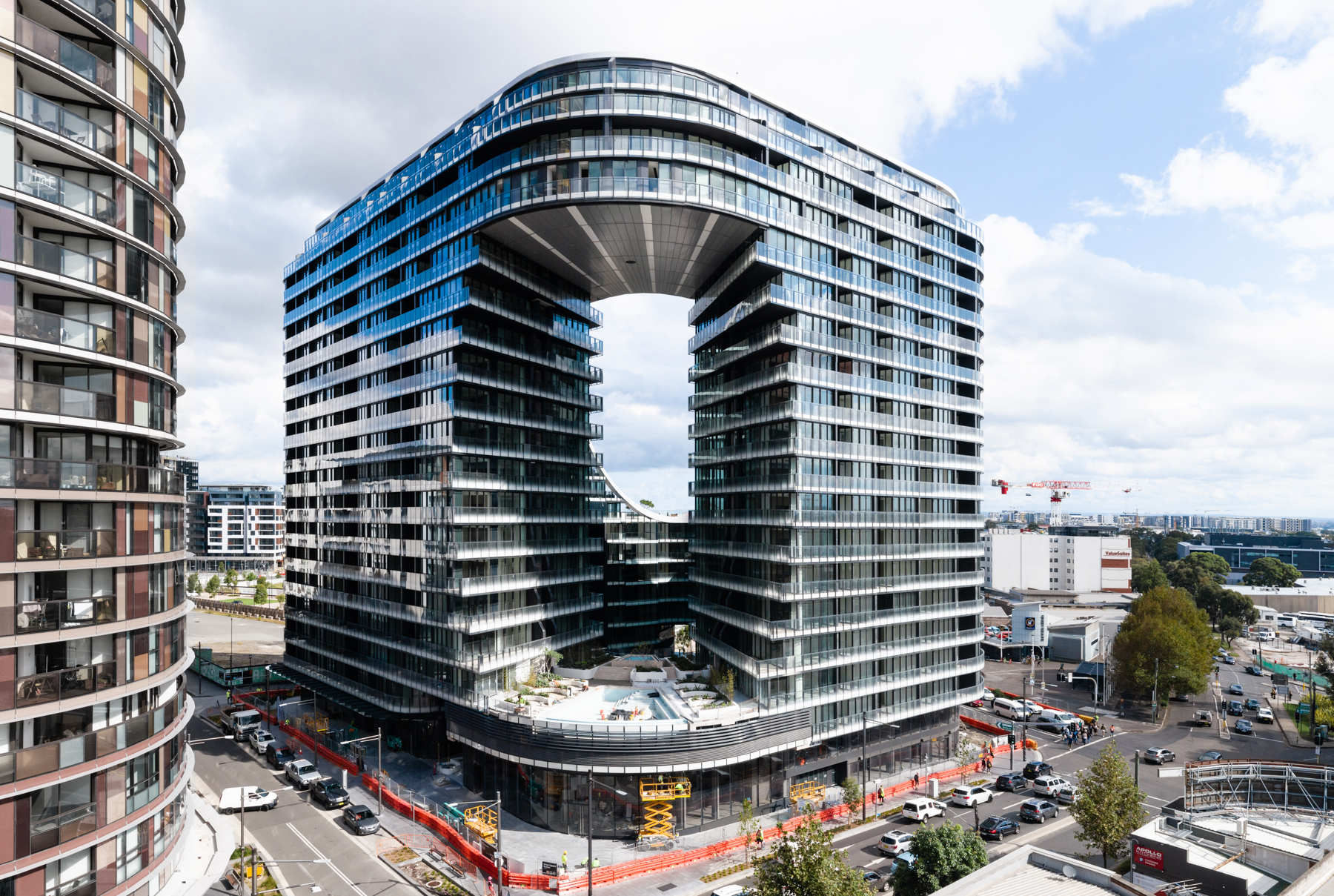
KN: Nature is a central part of much of your work.
KT: Yeah. With Infinity [Sydney’s Infinity Tower], when we were competing for the project we were given the volumes, but I thought it would actually overshadow the courtyard which was meant for public use. I thought to myself, ‘why would you create a courtyard that doesn’t receive any daylight?’ So, we opened a hole to let the light in. It’s very simple, but then all of a sudden you have a breeze, light and a way to interact with nature.
KN: Why did you settle in Sydney?
KT: When I moved to Sydney in 1997, I just instantly felt something wonderful about the city, and now I’ve been here more than 20 years. I call it my home. It’s city and nature trying to balance. It’s one of the best cities in the world.
KN: Do you feel your style of melding nature and urban living was a natural fit for Sydney?
KT: Yeah, I think our product is very Sydney, it’s definitely not New York. Definitely not London. Definitely not Tokyo. But also fits what we want to make Sydney – the greenest [plant-filled] city in the world.
KN: The ‘greening’ of cities by architects and urban planners is imperative as we move forward.
KT: For the next generation of architects, they’re very much part of this and have massive challenges to bring awareness to climate change – though it’s also very a globalised challenge for everyone.
KN: Well before Infinity Tower you were designing restaurants in Sydney’s suburbs – and then you went from, say, Sushi Train Maroubra, to Qatar’s Natural Museum. How much pressure came with such a high-profile role?
KT: Well, it was the best project in the world. And yeah, I did feel extra pressure. I think as an architect when you get a sense of freedom and liberation it turns into confidence, but in this instance, you are against all the greats, like Jean Nouvel, and I thought look who we are against, I’m no one.
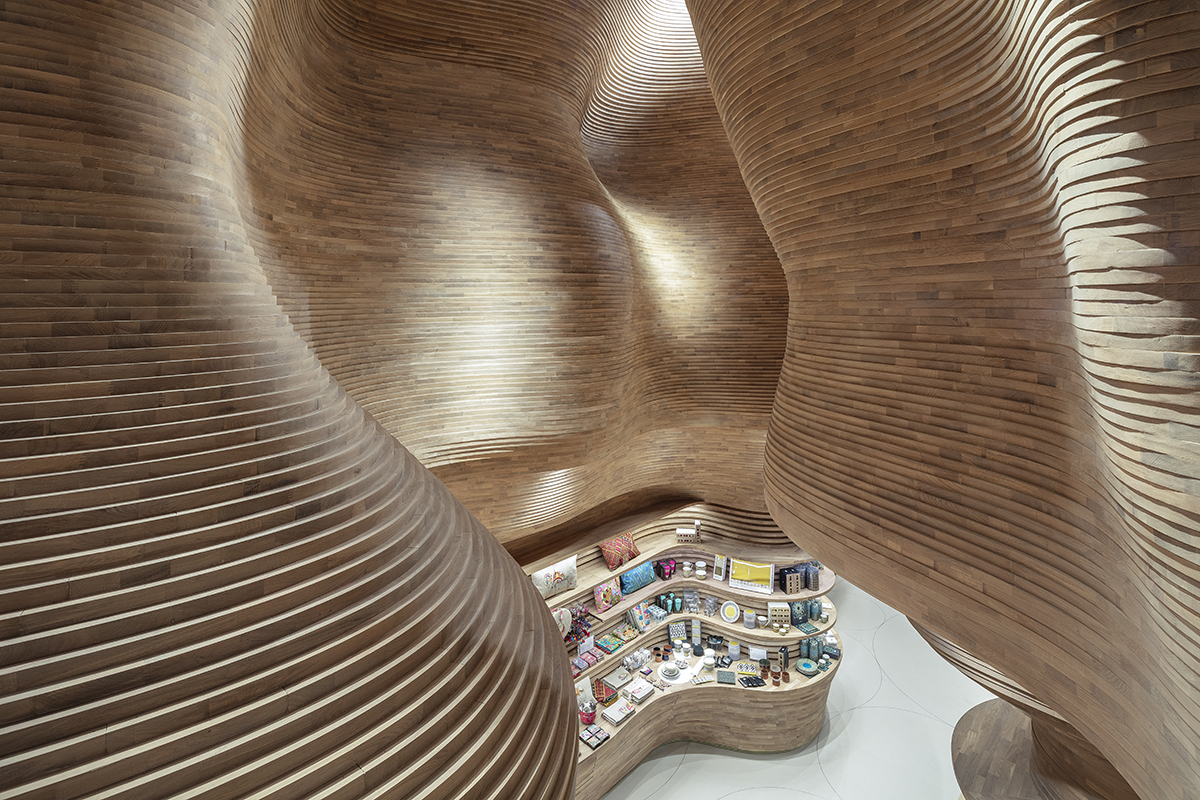
KN: You’re quite the sartorial gent – fair to say fashion is a firm creative outlet away from architecture?
KT: Yes, definitely, and I remember seeing Alexander Wang, who I’ve come to admire. You know we went to a grand opening party for Qatar and what I noticed is that I, naively followed the dress code, and these guys just did their own thing. It’s much more interesting than architecture.
KN: Seeing such appealed to the rule-breaker within?
KT: I wish I had figured it out when I was 18 in New York, and I’m not saying break every rule, but growing up in Japan, everything is telling you to conform. But it’s ok to think outside the box, to push a little bit. But it’s not so much his [Wang’s] work, it’s his spirit I’m inspired by. I know what it’s like being Asian in Manhattan, let’s just call it racist, or political, or whatever, but to be in that position and with that creativity and to prevail – I suddenly looked up to him.
Miles from home and in lockdown with family, the designer took inspiration for his new sofa from an unlikely source
While the rest of the world was hunkering down in 2020 as the reality of COVID set in, Gabriel Tan was moving house — halfway around the world.
The Singaporean designer and his heavily pregnant wife Cherie Er relocated with their five-year-old son to Porto, on the coast of Portugal. It was a bold move given Tan had an established studio in Singapore, but the couple decided it was worth the risk to be in the heart of the design centres in Europe and the US.
“It was difficult because we had a good business in Singapore and my wife had a really good job — she was running the Asia Pacific sales for Credit Suisse,” he says. “We threw everything in the basket and moved to Portugal.
“We decided that this design business has to work.”
For more stories like this, order your copy of Kanebridge Quarterly magazine here.
By the time Tan, who decided on a career in design while doing his national service in the navy, left for Portugal, he was already a name in Singapore and Japan, first with Outofstock, which he started with two friends, then his own studio before working with Japanese brand Ariake.
“I met them when they were still doing contract manufacturing and they were a local brand that wasn’t even known in Tokyo,” he says. “Originally the plan was just for me to design a few products for them. I told them that’s not going to move the needle for them if you are just going to add my products to your current collection so I suggested something more ambitious.
“I kind of appointed myself as the creative director.”
Origin story
The experience with Ariake spurred Tan onto build his own brand, Origin Made, designing products and taking on interior design projects, but he was keen to continue to extend himself.
Over time, living and working in a country of 5.5 million people was beginning to feel limiting.
With more of his time and attention being directed towards brands in Italy, Scandinavia and the United States, it made sense for Tan to make a permanent move to a location with easier access to Europe as well as North America. It was also an opportunity for a fresh start in design terms.
“I felt I was getting pigeon holed a little bit before COVID because people felt my work was very minimalist Japanese/Scandinavian, but it was because I was designing for Japanese clients,” he says. “When you work with a company, it is 50 percent them and 50 percent you. You bring part of yourself but at the same time, you can’t ignore the brand, their culture and their customers.”
Life in lockdown
Like much of the rest of the world, Portugal was in lockdown when Tan and Er arrived and their rental accommodation was not entirely comfortable for the family. As some work dried up in Singapore, Tan found himself with time to think.
“We were spending a lot of time in front of the TV and we were all wishing we had a more comfortable couch in our apartment,” he says.
“I was still waiting for my home to be finished construction so we were in a very uncomfortable spot.
“I really prioritised comfort when I was designing this sofa so I really went for it and tried to think ‘what is the craziest, most comfortable form we could get’.”
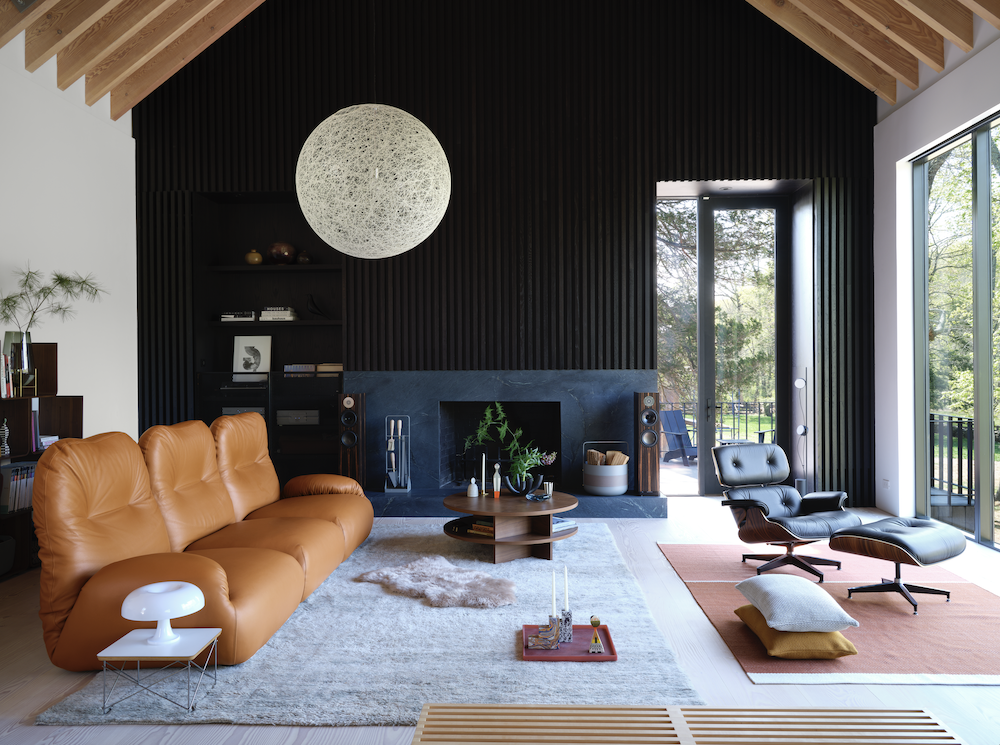
The sofa is the Luva (Portuguese for glove), a modular design taking its inspiration from Japanese futon beds and western boxing gloves. The backrest has the ability to extend for full lounging or to fold down to create a ‘fist’ for more support. It’s a deliberate attempt at cross cultural pollination.
“You have the eastern influence of the futon and the western sport of boxing and I tried to get an aesthetic that different cultures would be familiar with whether they are from Asia, Europe or the US,” he says. “You will find this shape is familiar to you and you will be naturally drawn to it.”
Build your own
While the lounge is in keeping with a contemporary aesthetic and comfort levels, it also embodies the practicality that is an integral part of Tan’s approach. Each piece is available individually, allowing the user to ‘build’ the lounge to suit their needs, whether they live in a large house or a small apartment.
“I have lived in apartments all my life,” he says. “You can see how narrow the stairwells can be, and you have to carry the sofa up.
“Whenever we are doing interior design for clients we know the consideration when you’re buying a sofa. If it’s modular, if you can get it through doorways and narrow hallways, it’s going to be much easier to convince the client to buy.”
It’s also a design that the user can add to over time, extending the usefulness and longevity of the sofa. Tan took it to product design director at Herman Miller, Noah Schwarz, who was quick to recognise its applications.
“He would often ask what I was working on so I showed him this sofa and immediately he was like ‘this could be something for us’,” says Tan.
“He thought it might be something for the MillerKnoll group but which brand he couldn’t tell yet.
“But he said ‘definitely don’t show it to other people’.”
The Luva has since been joined by the Cyclade tables, a trio of coffee and occasional tables designed to work equally well together or singularly. Other collaborations have followed, including work with major European brands such as B+B Italia, Menu, Abstracta and Design Within Reach while still maintaining his Singaporean office.
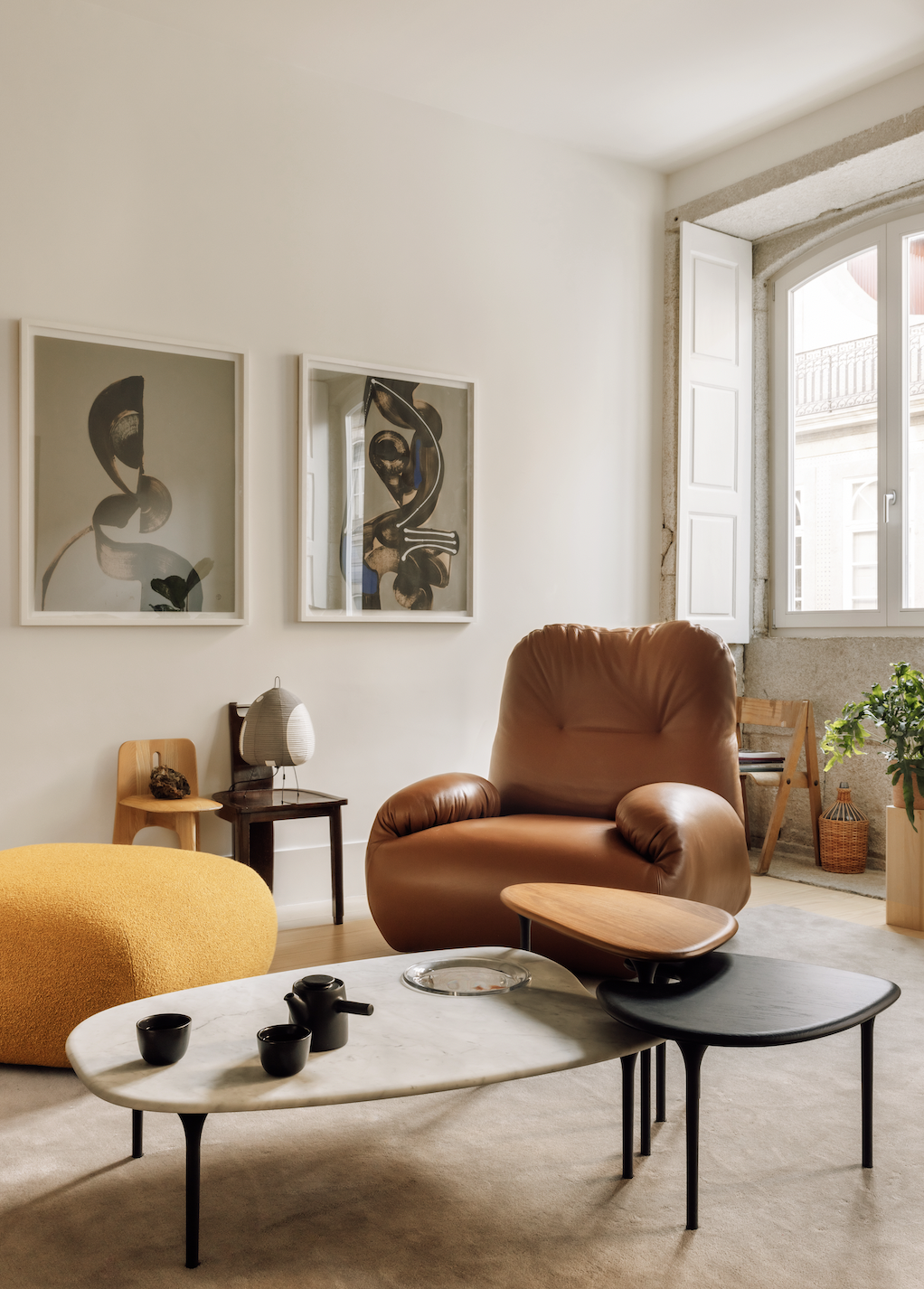
Cutting down travel times has meant more time on the ground.
“Here I travel quite a lot to meet with different companies I am working with and that helps because to me these distances are super short,” he says. “For designers living in Europe they might not want to go to Denmark because it’s a 3.5 hour flight but to me, even if I have to transit, five hours is no problem.”
Leap of faith
Although the move to Europe was risky, Tan has no regrets. While he admits his Portuguese is still a work in progress, his two sons (Er delivered a baby boy not long after arriving in Portugal) are quickly learning the language and the family has now moved into a traditional townhouse, which Tan has renovated, and where their office is based.
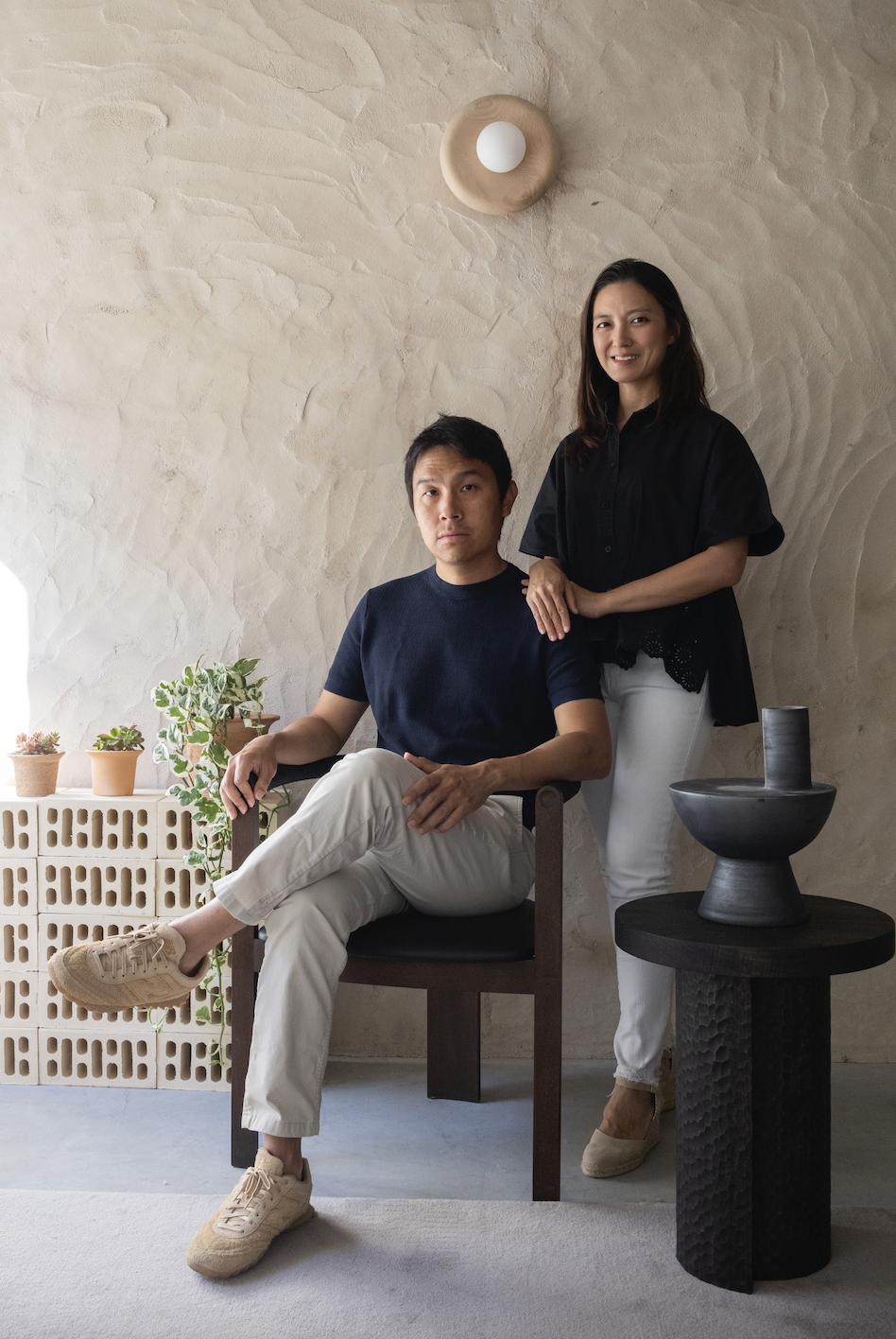
Being in the heart of Europe has opened up a world of opportunity for Tan that has been both invigorating and challenging.
“I am designing for companies of different countries and I get to learn more about other ways of life and how people from other countries see design and see their homes and their spaces and how people do business in different parts of the world,” he says. “Coming from Singapore, it can be very stifling because it is so small. It’s really such a joy to experience these different cultures through design collaborations.”
Moving away from family and friends was a leap of faith but it gave him the push he needed. For a designer whose work is all about comfort, he is not one taking the safe path and staying home.
“It’s a good business model for revenue but you are not going to leave a mark on design history, you are not going to touch the lives of that many people if you are working with regional brands,” he says. “I really wanted to work with the international brands that have the reach with customers worldwide and I think if I hadn’t moved I would not have had that clarity of mind and that focus to really go for it.”
Article originally published on Kanebridge News Australia